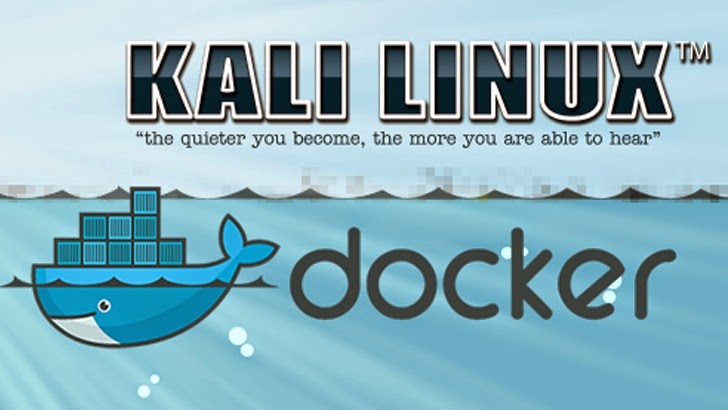
If you are unsure about running this directly without first inspecting it, you can go directly to to view the script. Typically it would be best if you didn’t do this however, Docker is a trusted source. This command will pipe the script directly into the command line. You can download and run the official Docker setup script by running the following command.

Luckily for us, Docker has made this process incredibly quick and straightforward by providing a bash script that installs everything for you.

With our Raspberry Pi entirely up to date, we can now go ahead and install Docker to the Raspberry Pi. We can upgrade all existing packages by running the following two commands on the Raspberry Pi. Our first task is to update all our existing packages before we proceed to install Docker. You can even complete the following steps by using an SSH connection to your Raspberry Pi.ġ. Thanks to a nifty install script developed by the Docker team, installing the container software is incredibly simple.

If you are running an older version of Raspbian, you can use our guide to upgrade to Buster.ĭocker for the Raspberry Pi has support for Raspbian Jessie, Stretch, and Buster. This tutorial was tested using Raspbian Buster. Here is a list of the equipment we recommend for this Raspberry Pi Docker tutorial.

Having a low overhead allows the software to run on a limited resource machine like the Raspberry Pi.īelow we will walk you through the process of installing Docker to your Raspberry Pi, as well as showing you how to test if it is running correctly. In this project, we will be showing you how to set up and test Docker on the Raspberry Pi.ĭocker is an incredibly powerful tool that provides OS-level virtualization to deliver software packages within containers.īeing in a container means the software cannot access anything that the Docker runtime doesn’t hand to it this can help with security and resource management.ĭocker allows you to deploy your software to devices in an effortless way, as everything is included in the container that the runner downloads.īest of all, Docker does all of this while maintaining a very low overhead.


 0 kommentar(er)
0 kommentar(er)
